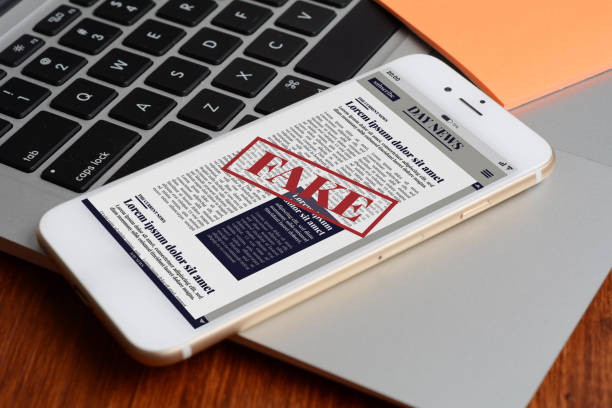Essential Fact-Checking Techniques
Effective fact-checking requires a systematic approach that combines critical thinking skills with practical verification methods. The foundation of reliable fact-checking begins with source evaluation, examining the credibility, expertise, and potential biases of information providers.
Cross-referencing information across multiple independent sources helps establish accuracy and identify inconsistencies. Professional fact-checkers employ lateral reading techniques, opening multiple browser tabs to verify claims through authoritative sources, academic research, and official documentation.
Digital forensics tools enable verification of images, videos, and documents, helping identify manipulated content or misattributed media. Reverse image searches, metadata analysis, and timeline verification are essential skills for modern information consumers seeking to distinguish authentic content from fabricated or misleading materials.




